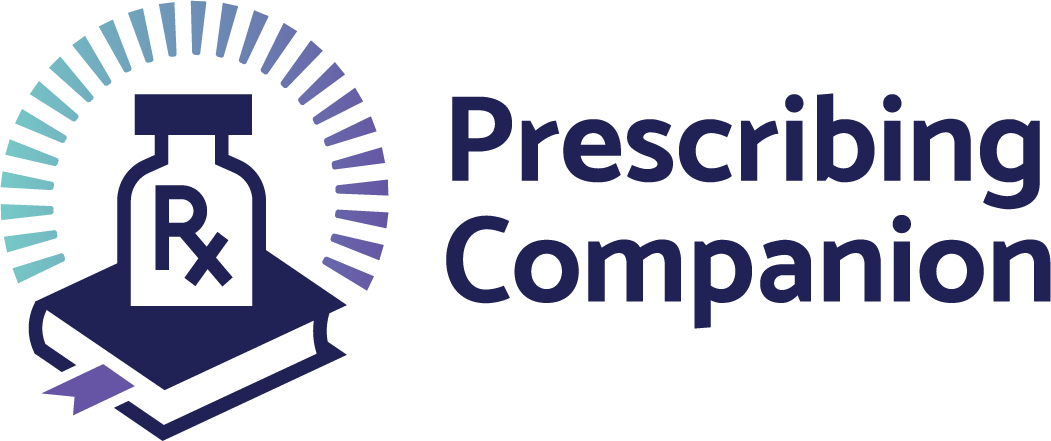Helminthiasis
exp date isn't null, but text field is
Introduction
Helminths are parasitic worm infestations that cause variable symptoms in humans.
Helminths are broadly classified as Nematodes (round worms), Cestodes (Tapeworms) and Trematodes (Flukes)
Nematodes (round worms)
- Ascaris
- Ancylostoma (hookworm)
- Enterobius (pinworm)
- Trichiuris (whipworm)
- Strongyloides stercoralis
Cestodes (flat worms/tapeworms)
- Taenia solium and Taenia saginata
- Echinococcosis
Trematodes (flukes)
- Schistosoma haematobium and mansoni
- Fasciola
Round worm infestations are associated with rural living and poor hygiene.
- Most are soil-transmitted
- Prevalent among school children and young adults
- Acquired through soil and faeco-oral contamination
Flat worms and tape worms are acquired by eating under-cooked contaminated meat or fish
Bladder worms (S. haematobium) are acquired by wading through streams and ponds contaminated with the vector snails
Clinical features
Depends on the infecting helminth:
Ascariasis
- May be asymptomatic
- Lung phase
- Migration of parasite larvae through the lungs can lead to:
- Irritating, non-productive cough
- Burning substernal discomfort, aggravated by coughing or deep inspiration.
- Migration of parasite larvae through the lungs can lead to:
- Dyspnoea
- Blood-tinged sputum
- Intestinal phase:
- Usually no symptoms, but high worm burden may cause:
- Abdominal Pain
- Features of small bowel
- Features of perforation, Intussusception, Volvulus
- Biliary tree occlusion: biliary colic, cholecystitis, cholangitis, pancreatitis, intrahepatic abscess
- Usually no symptoms, but high worm burden may cause:
- Effects of migration of an adult worm up the oesophagus:
- Coughing
- Oral expulsion of the worm
Hookworm
- Most are asymptomatic.
- Maculo-papular dermatitis
- Mild transient pneumonitis
- Epigastric pain, often with post-prandial accentuation
- Diarrhoea
- Weakness
- Shortness of breath
- Skin depigmentation
- Anaemia and protein deficiency
Enterobiasis
- Perianal pruritus, worse at night owing to the nocturnal migration of the female worms.
- Skin excoriation and bacterial superinfection
- Abdominal pain
- Weight loss
- Vulvo-vaginitis
- Pelvic/perineal granulomas
Trichuriasis
- Light infections are asymptomatic.
- Heavy infections may cause:
- Abdominal pain and anorexia
- Bloody or mucoid diarrhoea
- Rectal prolapse
- Growth retardation
Strongyloidiasis
- Distinguished from other round worms by its ability to replicate in the human host.
- Can thus persist for decades without further exposure of the host to exogenous infective larvae
- Acute strongyloides
- Initial sign is localized pruritus and erythematous rash at site of skin
- Tracheal irritation
- Dry cough
- Mid-epigastric abdominal pain
- Nausea
- Diarrhoea
- Gastrointestinal bleeding
- Repeated autoinfection leads to recurrent serpiginous maculopapular or urticarial rash along the buttocks, perineum, and thighs- “larva currens”.
- Chronic strongyloides
- Generally asymptomatic
- Recurrent urticaria: buttocks and wrists
- Mild chronic colitis
- Weight loss
- Small bowel obstruction
- Nephrotic syndrome
- Cardiac arrythmia
- Recurrent asthma
- Arthritis
- Malabsorption
- Hyperinfection syndrome and disseminated strongyloidiasis.
- Associated with subclinical infection and use of corticosterioids
- Depressed immunity leads to widespread larvae
- Hyperinfection syndrome associated with GIT and lung
- In disseminated strongyloidiasis larva invades multiple organs
- Mortality is high for both conditions
Trichinellosis
In the first week after infection (gut invasion):
- Diarrhoea
- Abdominal Pain
- Constipation
- Nausea
- Vomiting
In the second week after infection (muscle invasion):
- Fever
- Periorbital and facial oedema
- Haemorrhages (subconjunctival, retinal and nail bed)
- Maculopapular rash
- Headache
- Cough
- Dyspnoea
- Dysphagia
- Tachyarrhythmias
- Heart failure
- Encephalitis
- Pneumonitis
Schistosomiasis
Investigations
- Stool examination for ova and parasites
- Urine examination: microscopy
- Haematology: eosinophilia and anaemia may be present
- Serology and CT scan may be required in some instances
Drug Treatment
Hookworm
- Mebendazole: Adult and child: 100 mg orally every 12 hours for 3 days; iron supplementation may be given if anaemia is present.
- Albendazole: Adult and child: 400 mg orally once
Ascaris
- Mebendazole: Adult and child: 100 mg orally every 12 hours for 3 days
- Albendaozole: Adult and child: 400 mg orally once
- Ivermectin: 150-200 μg/kg orally once
Trichuris
- Mebendazole: Adult and child: 100 mg orally every 12 hours for 3 days
- Albendaozole: Adult and child: 400 mg orally for 3 days
- Ivermectin: 200 μg/kg/day orally for 3 days
Enterobius
- Pyrantel pamoate: Adult and child: 10 mg/kg orally once; repeat dose 2 weeks later; several treatments may be necessary
Trematodes
- Praziquantel :
- Adult 40 mg/kg given orally at once provides up to 80% cure rates
- Child over 4 years: 20 mg/kg followed after 4 - 6 hours by a further dose of 20 mg/kg.
- Praziquantel is effective in all human cases caused by schistosomes
Cestodes
- Praziquantel
- Adult: 40 mg/kg given orally at once
Or:
- 20 mg/kg followed by another 20 mg/kg after 4 - 6 hours
- Child over 4 years: 20 mg/kg followed 4 - 6 hours by a further dose of 20 mg/kg (20 mg/kg 3 times daily for one day for S. japonicum infections)
Notable adverse drug reactions, contraindications and caution
- Avoid mebendazole in pregnant women
- Side effects of praziquantel include abdominal pain, headache, dizziness and skin rashes
Prevention
- Good personal and food hygiene
- Access to safe and potable water
- Regular deworming
- Adequate cooking of food and meats
